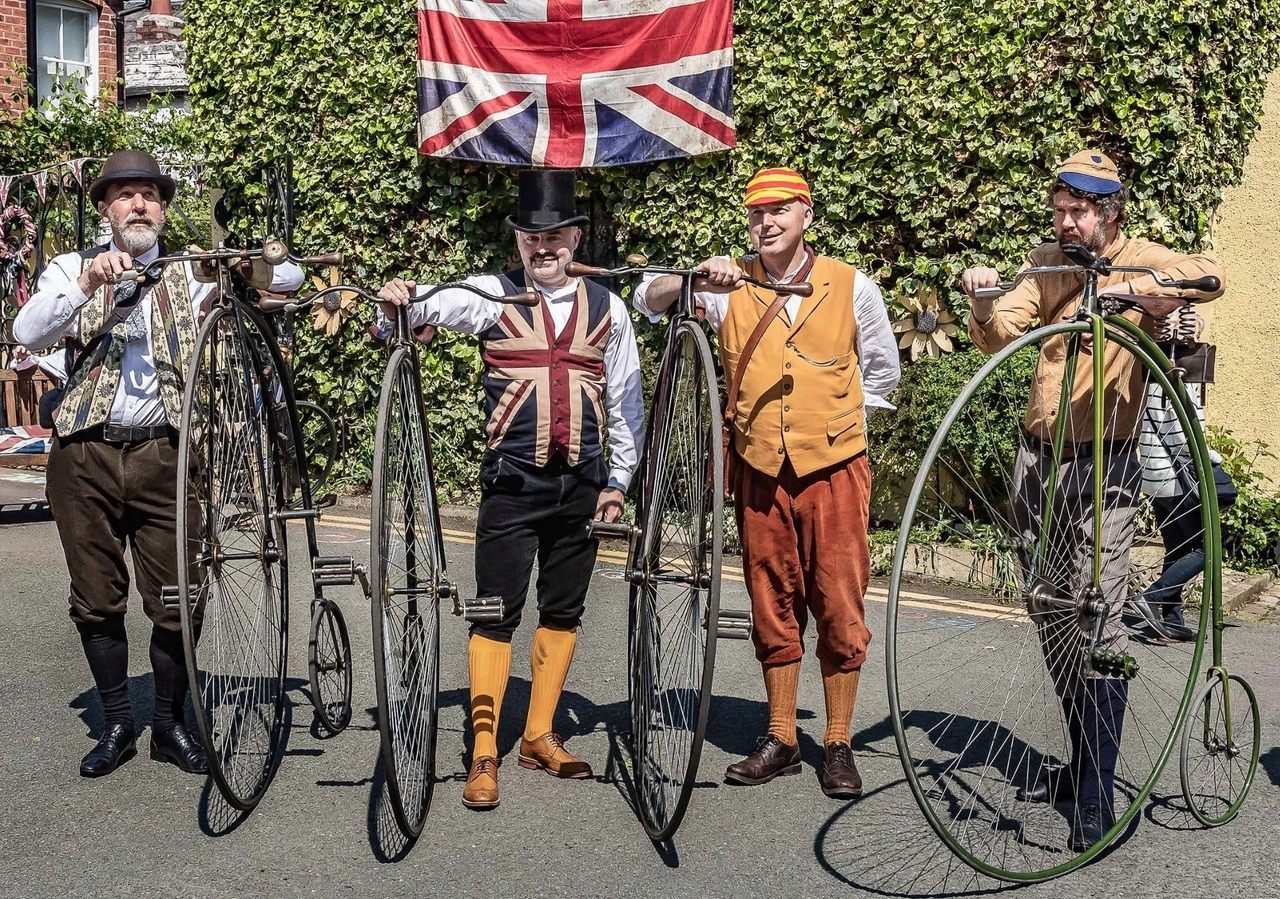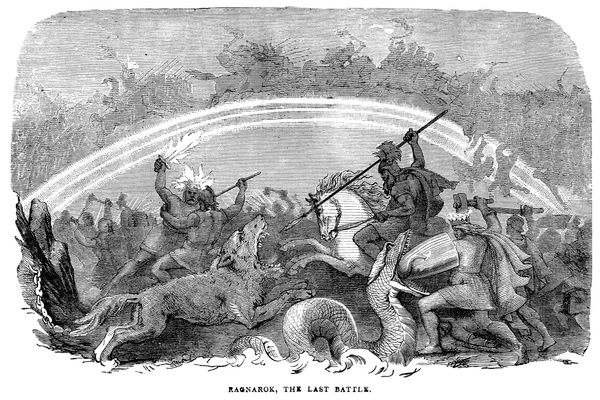5 Cycling Races Even More Intense Than the Tour de France
Get your penny farthing to the starting line.
While everyone else is talking about the Tour de France, we here at Atlas Obscura are focused on the off-beat cycling competitions you’ve probably never heard of, from the all-uphill 30-second sprint of the George Hill Challenge in Worcester, Massachusetts, to the sleepless nights of the 1,155-mile Silk Road Mountain Bike Race through the mountains of Kyrgyzstan.
The Quirky Victorian Invention That Inspired a Risky Race
by Indi Bains
“It’s a combination of flying a helicopter and riding a mechanical horse,” says Melissa Eisdell. She’s getting ready to mount a penny farthing, a Victorian-era bicycle with an enormous front wheel almost as tall as the rider, a tiny back tire, and a saddle that sits typically five feet off the ground for the Knutsford Great Race, held about every 10 years in a leafy corner of northwest England.

The Enduring Legacy of the Worcester Whirlwind
by Cara Giamo
Every year near the end of July, a high-spirited group of cyclists gathers at the bottom of George Street in Worcester, Massachusetts. One at a time, each athlete eases up to the starting line, cranes his or her neck up at the steep incline ahead, waits for the honk of an air horn—and then pedals like mad, straight uphill. It’s a grueling tribute to Marshall W. “Major” Taylor, an African-American speed cyclist who was, for the first decade of the 20th century, the fastest man in the world.
The Toughest Mountain Bike Race in the World
by Yam G-Jun
The Silk Road Mount Bike Race stretches about 1,155 miles across Kyrgyzstan’s mountains, from frigid, treeless alpine tundra down to green, sweltering valleys, and back up again. Riders who finish will log over 101,200 total feet of ascent over the course of more than a week. The annual event, held in August, requires participants to be self-supporting. There are no friends or family to cheer them on. There is no hospital or mechanic to mend bodies or bikes. Much like the traditional nomads of the region, every cyclist’s bike is their horse, their tent is their yurt, and the only food and water they have is what they carry through wind, rain, snow, and heat until the next resupply point, scattered along the route.

America’s Short, Violent Love Affair With Indoor Track Cycling
by Nathalie Lagerfeld
Indoor bicycle racing was once as popular in the United States as baseball—and harder on athletes’ bodies than Sunday night football. Cycling races got their start in the 1890s as endurance events in which cyclists pedaled for six days straight without food or sleep—a feat that made for good theater but often made cyclists go “queer in the head,” according to the New York Times. How did this once beloved American winter sport disappear?
Annie Londonderry Barely Knew How to Ride a Bike When She Set Off Around the World
by Tom Ward
In the 19th-century, biking around the world was the next big challenge. The first man to accomplish the feat, Thomas Stevens, did so in 33 months in the 1880s, prompting two unnamed Boston businessmen to wager $10,000 that a woman could not repeat the feat. Annie Cohen Kopchovsky accepted the challenge. The 15-month trip would eventually take her east around the globe to Chicago via Alexandria and Yokohama and more than 45 other stops. It was a daunting prospect—especially because Kopchovsky (who renamed herself Londonderry for a sponsor) had only ridden a bicycle for the first time a few days before her departure.



















Follow us on Twitter to get the latest on the world's hidden wonders.
Like us on Facebook to get the latest on the world's hidden wonders.
Follow us on Twitter Like us on Facebook